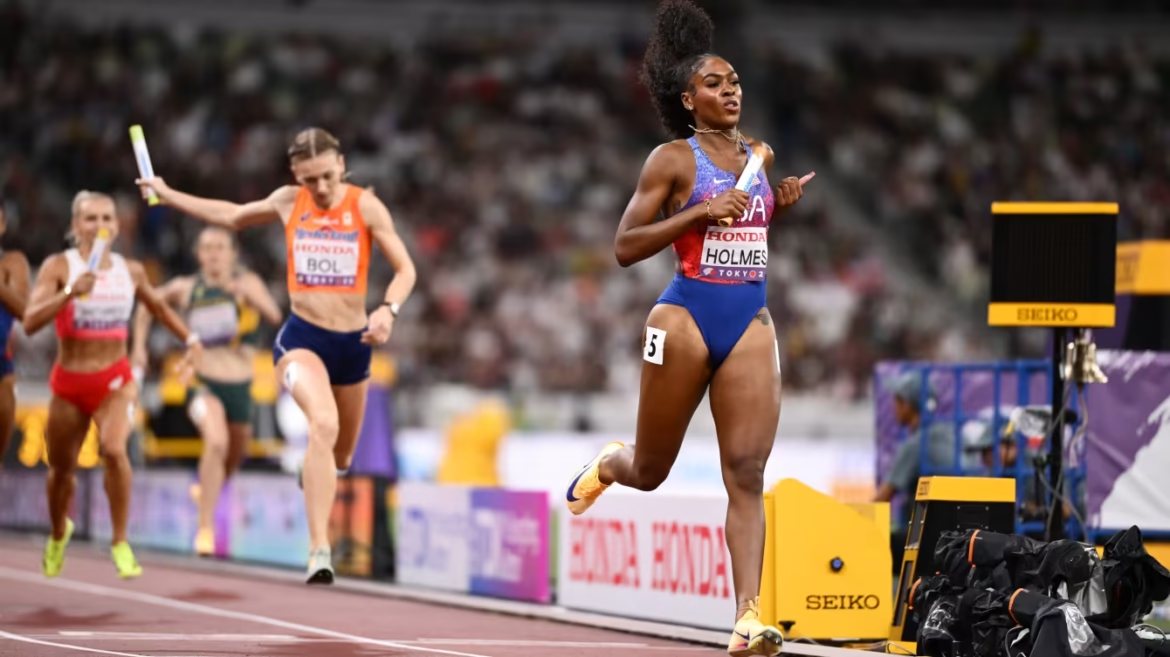At a small community meet, a teenager crouches at the starting line. Thousands of kilometres away, an elite sprinter prepares for a world championship. The scale is different, but the principles are the same. Surfaces, implements and measuring tools all influence how well the athlete moves, reacts and recovers. The journey from local practice to global competition begins with the environment they train in.
Equipment shapes not only how athletes perform but how they develop their skills. A mismatched shoe plate or uneven lane can throw off stride rhythm and confidence. Reliable gear, on the other hand, lets movement become instinctive. With predictable conditions, the athlete can focus on technique and tactics rather than worrying about inconsistencies underfoot.
This is where athletics equipment acts as a quiet equaliser. Lane markers, hurdles, pole vault uprights and throwing implements each provide consistency across training sessions and competitions. When a young athlete moves to a larger stage, familiar tools and surfaces help them adapt quickly. This continuity reduces the mental load of competition and preserves form under pressure.
Manufacturers put great care into achieving that consistency. They measure friction coefficients of track materials, calibrate timing gates down to thousandths of a second and test how throwing implements behave in different climates. Subtle changes in temperature or humidity can affect performance, so equipment must be designed to deliver stable results anywhere in the world. This behind-the-scenes effort makes international sport fairer and safer.
Coaches and event organisers also play their part. They set up training spaces that mirror competition standards, using the same hurdle spacing, landing pit depth or relay exchange zones. This rehearsal environment gives athletes confidence when stepping onto a bigger stage. It also helps identify weaknesses that only appear under precise conditions, allowing targeted adjustments before major events.
Young athletes benefit especially from this alignment. A club that invests in high-quality equipment teaches its members about standards early on. Children learn to measure steps between hurdles, feel the rebound of a proper track surface and understand the grip of competition-level implements. These habits carry into adulthood, forming a technical base that travels with them as they progress.
Yet even the best gear cannot remove the need for solid fundamentals. Trainers emphasise that no surface compensates for poor mechanics or inadequate preparation. Shoes and spikes may enhance grip, but only correct form converts that grip into speed. Landing pits soften impact, but only strength and coordination protect joints. This shared responsibility keeps athletes grounded while still benefiting from advanced tools.
Maintenance is another part of the story. A track surface exposed to extreme weather, a pit without fresh sand or a hurdle with loose fasteners all undermine performance. Facilities that maintain their gear create stable conditions for progress. They also model a culture of care, showing athletes that attention to detail matters at every level.
Beyond performance, equipment choices affect accessibility. Adjustable hurdles, lightweight implements and clearly marked zones allow athletes of different ages and abilities to participate. This adaptability helps sport grow at the grassroots level, bringing more people into the pipeline that feeds national and international teams. The same gear that steadies a beginner can also fine-tune an elite competitor.
Season after season, the quiet repetition of drills shapes strength and coordination. When the surfaces, starting blocks and measuring tools remain consistent, progress becomes easier to measure and refine. Coaches can design sharper sessions and athletes can build confidence without second-guessing the ground beneath them. In this way, athletics equipment does more than support movement; it acts as a visible measure of growth, helping transform steady preparation into competitive performance.
Each starting block, each landing pit and each lane line holds a piece of the athlete’s journey. By investing in quality and consistency, clubs and governing bodies give performers the conditions to turn training into achievement. From small-town tracks to world-class arenas, the gear beneath and around them shapes not just results but the way athletes grow into their potential.








